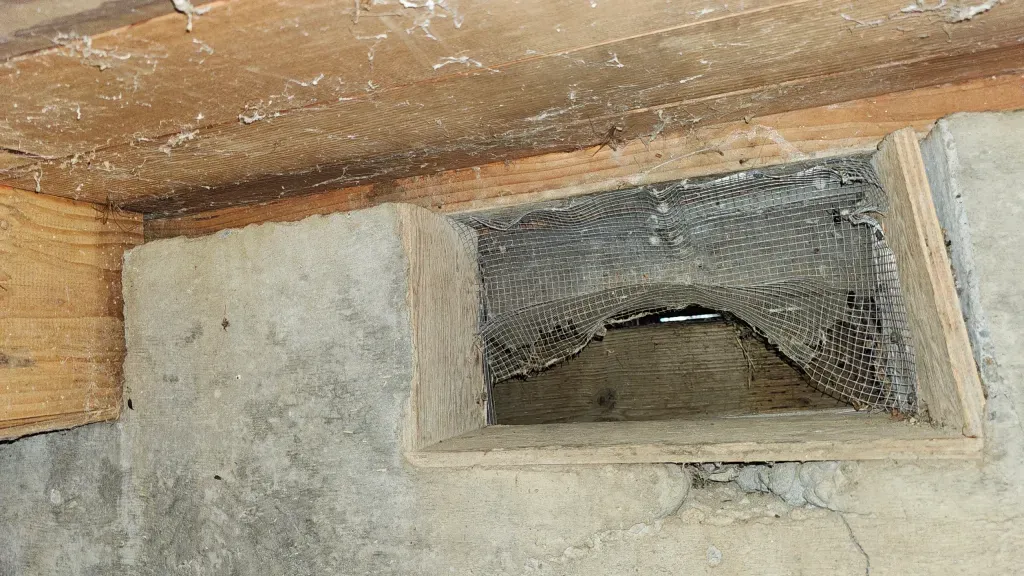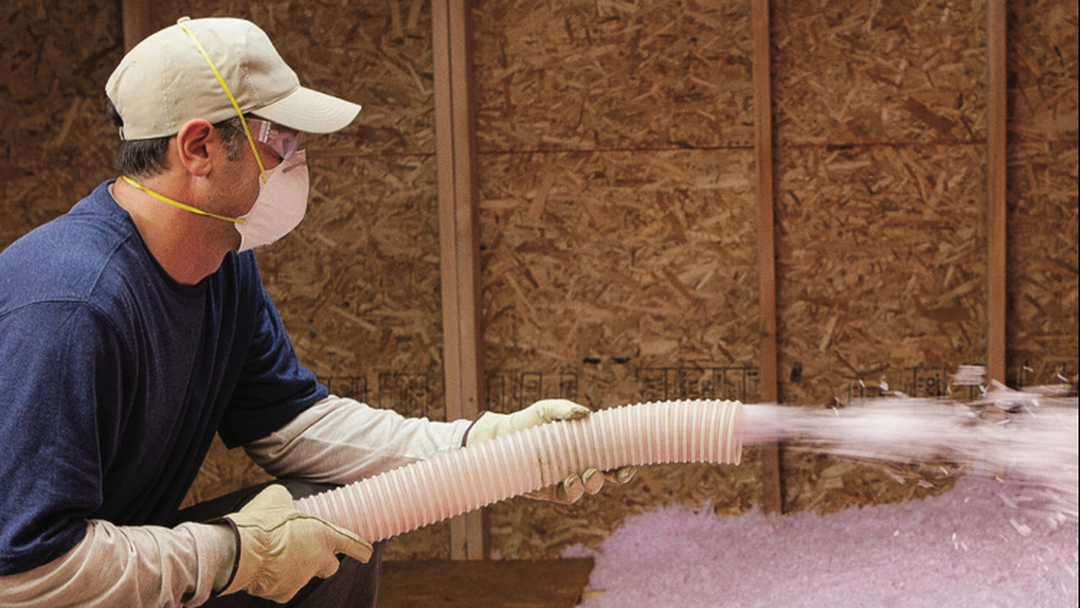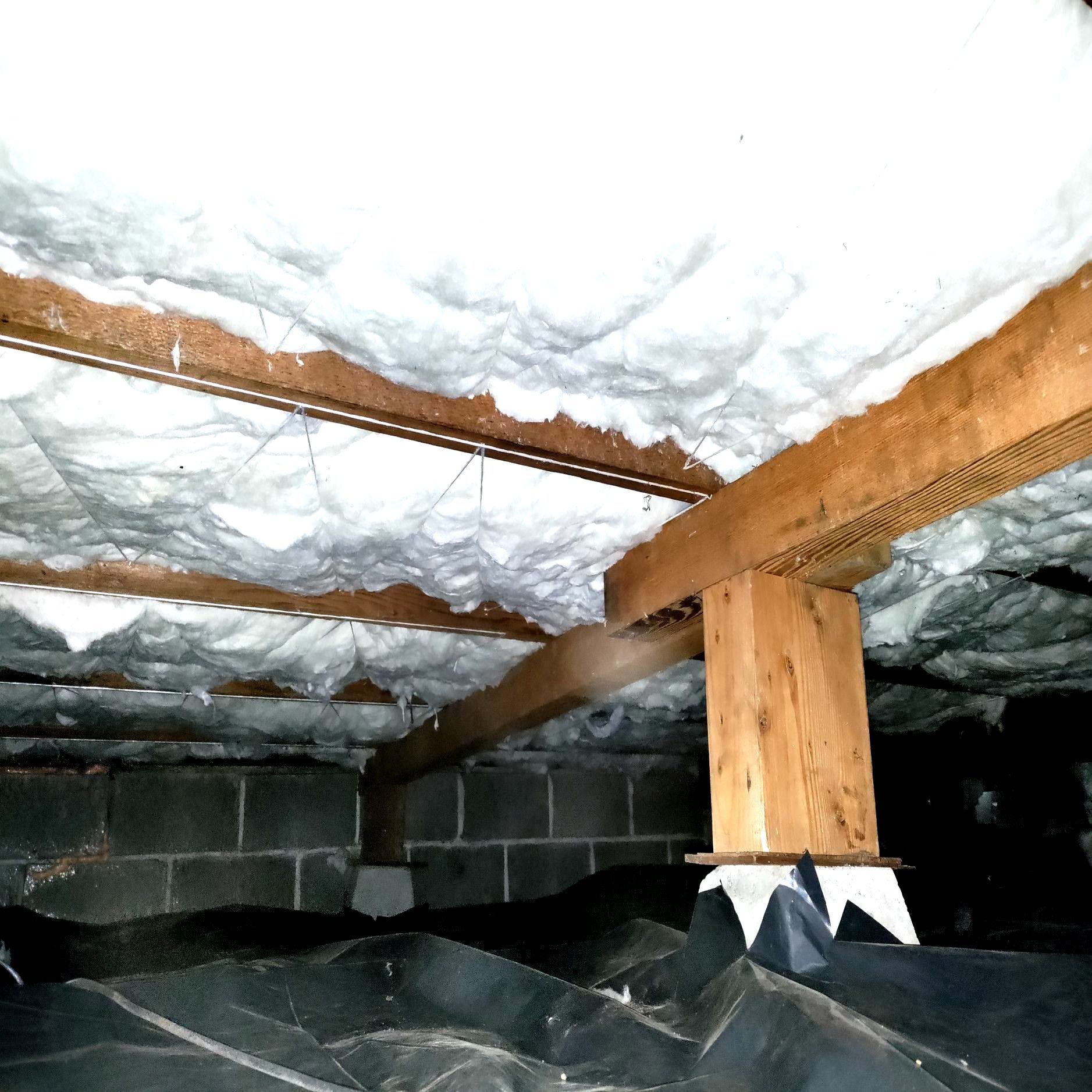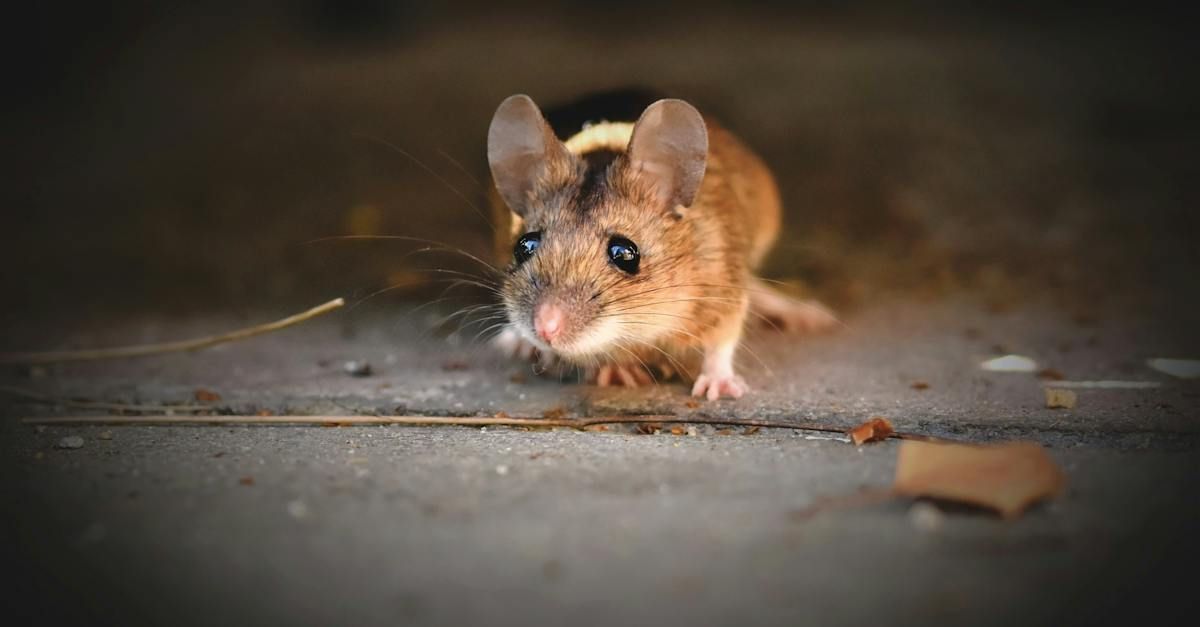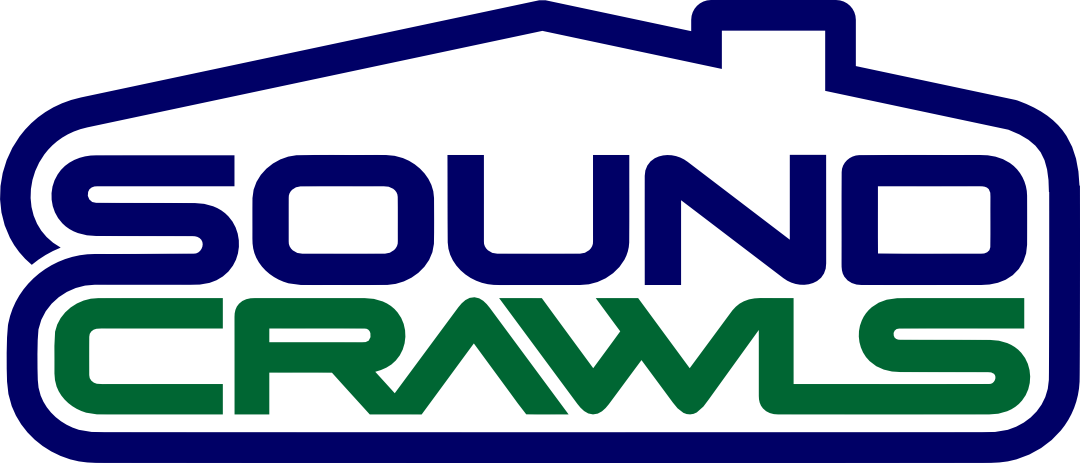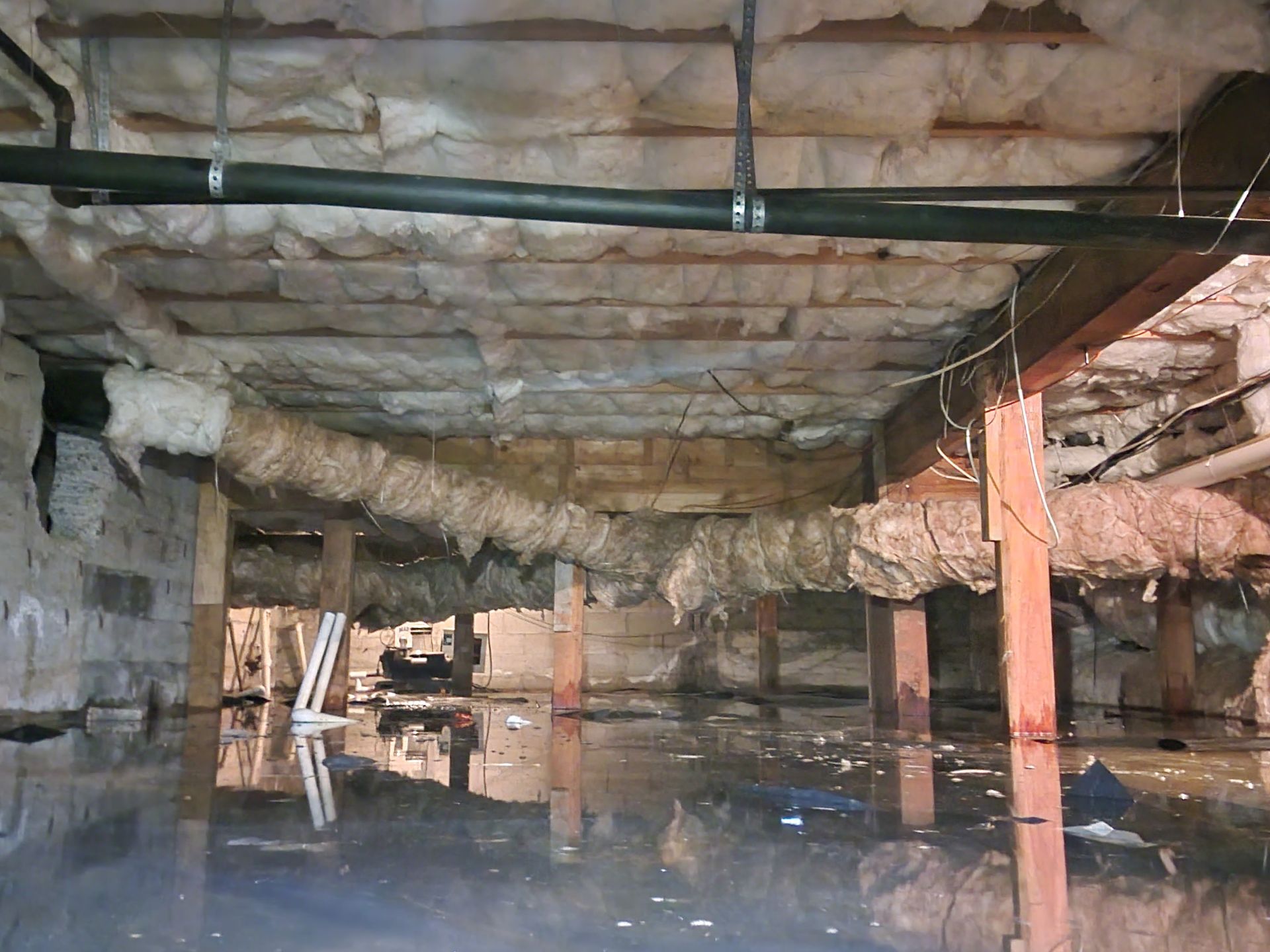All of Your Crawl Space Questions Answered (By Experts!)
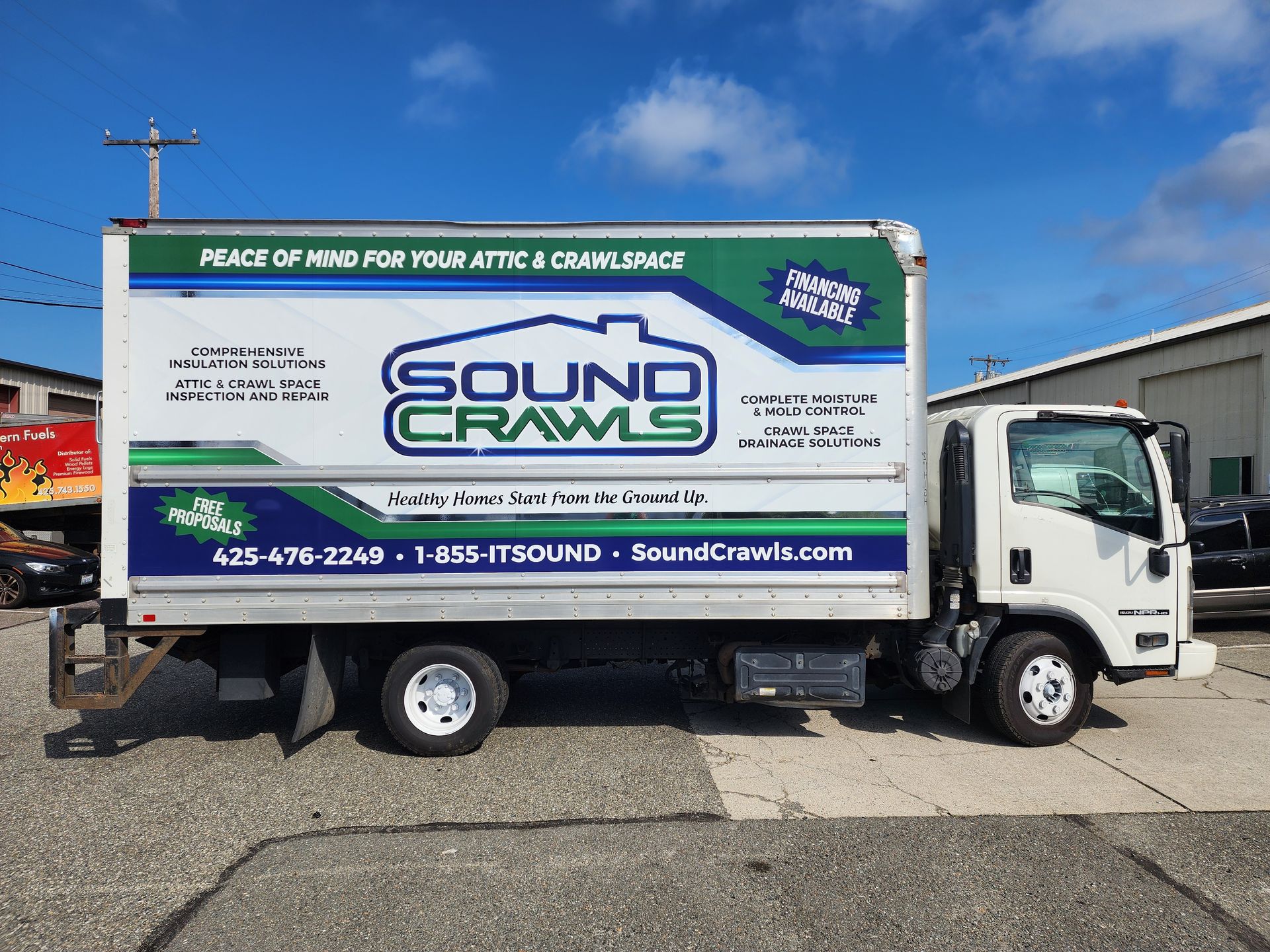
Okay, let’s be real — crawlspaces are kind of a mystery zone in most homes. They’re usually dark, a little creepy, and definitely not somewhere we spend much time thinking about… until something goes wrong. Believe it or not, there’s a lot going on down there that can seriously impact your home’s comfort, health, and even your wallet.
So if you’ve ever found yourself asking, “Why do we even have crawlspaces?” or “Can I turn mine into a basement?” etc. — you’re not alone.
This Q&A is for anyone who’s ever wondered what the heck is going on under their floors. We’re diving into all the questions you never knew you had about crawlspaces, like why they exist, whether you can use them for storage, and what to do if they’re too wet (or too dry). Think of this as your ultimate cheat sheet for understanding and managing your crawlspace, minus the technical jargon and with a lot more practical advice.
1. Why Do We Even Have Crawlspaces?
Crawlspaces are kind of a relic of older building practices. Back in the day, it was an easy, economical way to elevate homes above damp ground without the expense of a full basement. They became super popular in the 1940s and 50s when building homes on slabs wasn’t as common in certain parts of the country. Crawlspaces were also great for running utilities (plumbing, electrical, HVAC) under the house. Today, they’re still built in some regions, especially where the soil is too damp for a slab or where the terrain is uneven.
2. How Much Do People Spend on Crawlspace Repairs?
Man, crawlspace repairs can get expensive. Basic repairs like adding insulation or fixing minor moisture issues can run around $2,500 to $5,000. But if you’re dealing with serious stuff like water damage, mold, or encapsulation, the cost shoots up quickly. Full encapsulation (sealing up the crawlspace to keep out moisture) is often around $5,000 to $10,000, depending on the size and your local market.
3. Can Crawlspaces Be Turned Into Basements?
It’s possible, but brace yourself—it’s a huge job. You’re basically digging out the space to make it deeper, which means a lot of excavation and structural reinforcement. Then there’s the cost: easily $50,000 to $150,000, depending on how complex it is (and that's just the starting point). But if you need more living space or storage and want to invest in the long-term value of your home, it could be worth it.
4. Can Crawlspaces Be Used for Storage?
Yeah, technically you can use a crawlspace for storage, but it’s not really ideal unless you’ve got it sealed and moisture-controlled. Otherwise, anything you put down there is likely to get damp, moldy, or chewed up by pests. If you’re dead set on using it for storage, make sure you’ve got proper insulation, a vapor barrier, and maybe even dehumidification in place.
5. Can Crawlspaces Be Filled In?
Filling in a crawlspace is one of those things that can be done, but it’s rare and usually expensive. You’d be talking about pouring a ton of concrete and maybe even altering the foundation of the home. People who fill in crawlspaces often do it during big renovations, like turning a crawlspace into a slab foundation.
6. Can Crawlspaces Make You Sick?
Yep, crawlspaces can absolutely make you sick if they’re damp or full of mold. That air circulates up into your house, so if you’ve got mold, mildew, or rodent droppings down there, you could be breathing it in. This can lead to respiratory problems, allergies, and even worse issues, especially if it’s something like black mold.
7. Can Crawlspaces Be Too Dry?
Believe it or not, yes. While moisture is usually the big worry, if a crawlspace gets too dry, it can cause the wood framing to dry out and crack, or cause issues with the foundation. Balance is key. You want just enough moisture to avoid damaging the structure, but not so much that you’re creating mold and rot.
8. What About Encapsulation?
Encapsulation is a pretty big deal in the crawlspace world right now. It involves sealing up the crawlspace with a heavy-duty vapor barrier that goes over the walls and floors. The goal is to prevent moisture from entering the space, and it can also help with insulation and even pest control. After encapsulation, people often install a dehumidifier to keep the humidity levels in check. It's a pricey project, but it’s worth it if your crawlspace is always damp or causing issues inside your home.
9. What’s a Vapor Barrier?
A vapor barrier is basically a thick plastic sheet (usually polyethylene) that’s installed over the dirt floor of your crawlspace. Its job is to stop ground moisture from evaporating into the crawlspace and up into your home. Without it, the moisture can lead to mold, mildew, and even wood rot.
10. What Is a Crawlspace Basement?
A crawlspace basement is kind of like a deeper crawlspace, where there’s more headroom and sometimes it’s even tall enough to walk in. It’s not a full basement in the traditional sense, but it gives you a bit more usable space than a standard crawlspace, which is usually only a few feet high.
11. Crawlspace vs. Slab Foundation: Which Is Better?
Both have their ups and downs.
- Crawlspace pros: Easier access to plumbing and HVAC, keeps your house off the damp ground, good for uneven land.
- Crawlspace cons: Moisture issues, mold, pests, more costly to maintain over time.
- Slab pros: Cheaper to build, no worries about mold or pests, no insulation issues.
- Slab cons: Tough to fix plumbing if something goes wrong, not great in colder climates because pipes are more likely to freeze.
12. Will Crawlspace Pipes Freeze?
Definitely, crawlspace pipes are at risk of freezing if they’re not insulated properly, especially in colder climates. You’ve got to insulate both the pipes and the crawlspace itself. If you live somewhere cold and have a vented crawlspace, it’s a good idea to winterize it or consider encapsulation.
13. Can a Crawlspace Be Used as a Tornado Shelter?
Not really. While crawlspaces are underground, they don’t offer the protection of a reinforced tornado shelter. They’re not built to withstand the debris and extreme wind forces that come with tornadoes. You’d be better off with a proper storm cellar or safe room.
14. How Can You Tell If a Crawlspace Is Damp?
First off, you’ll probably smell it before you see it. Musty odors are a dead giveaway. You might also see condensation on the walls or pipes, sagging insulation, or mold growth. If you notice any of these signs, your crawlspace is probably too damp, and you’ll need to address it before it causes more problems.
15. How Do You Check If a Crawlspace Is Too Wet?
A moisture meter is your best friend here. You can pick one up at most hardware stores. Ideally, you want the humidity level in your crawlspace to be below 60%. Anything above that, and you’ve got too much moisture. Standing water or puddles are obviously a big red flag.
16. Crawlspace to Basement Conversion Costs?
Converting a crawlspace to a full basement is expensive. Depending on the size and scope of the project, you’re looking at anywhere from $50,000 to $150,000, maybe even more if you’re adding livable square footage or dealing with complicated foundation work.
17. Crawlspace Without Vents: Is It Safe?
Actually, newer building codes recommend sealed, ventless crawlspaces in most climates. Venting allows moisture from the outside to get in, which can cause condensation and mold issues. If your crawlspace is properly insulated and encapsulated, it’ll be much safer and more energy-efficient without vents.
18. What About Dehumidifying Without Encapsulation?
A dehumidifier alone can help reduce moisture in a crawlspace, but it’s not as effective as encapsulation. Without encapsulating, moisture can still seep in through the ground, walls, or vents, and a dehumidifier can only do so much. Encapsulation seals off the space, making the dehumidifier more efficient in maintaining a dry environment.
19. How Much Does Crawl Space Cleaning Cost on Average in Washington State?
In the Tacoma area of Washington state, the average cost for crawl space cleaning can range from $675 to $3,200, depending on factors like the size of the crawl space, the level of dirt and debris, mold presence, insulation removal, lighting needs, and accessibility.
For a more detailed breakdown based on square footage and condition:
- Light cleaning: $0.75 to $1.25 per square foot.
- Moderate cleaning: $1.15 to $2.00 per square foot.
- Heavy cleaning: $1.85 to $2.50 per square foot.
For example, for a crawl space of about 1,000 square feet:
- Light cleaning would cost around $600 to $1,250.
- Moderate cleaning would range from $775 to $2,000.
- Heavy cleaning could cost between $1,500 and $2,500.
20. How Much *Very Rough Ballpark Range* Crawlspace Maintenance Cost?
When it comes to crawlspace maintenance, costs can vary widely based on several factors, including your location, the size of your crawlspace, and the specific issues that need addressing. Here’s a breakdown of what you might expect to spend:
- Basic Inspections: Most companies offer free inspections, but if you want a thorough assessment or a specialized inspection (like for mold), it could cost around $150 to $300.
- Insulation Repair or Replacement: If your insulation is damaged (thanks, rodents or moisture!), replacing it can set you back between $1,000 and $2,500, depending on the materials used and the size of your crawlspace.
- Moisture Control Solutions: If you need to install a dehumidifier or a sump pump to deal with excess moisture, expect to pay anywhere from $1,500 to $4,000. A vapor barrier installation typically runs from $1,000 to $2,000.
- Mold Remediation: If you find mold, which is all too common in crawlspaces, remediation costs can be between $500 and $6,000, depending on the severity of the infestation.
- Structural Repairs: If there’s significant damage (like rotting beams), repairs can range from $1,500 to $15,000 or more, depending on what needs fixing.
- Encapsulation: This is often touted as a long-term solution for moisture and mold problems. The cost can range from $5,000 to $15,000, but many homeowners find it pays off in energy savings and peace of mind.
- Regular Maintenance: Setting aside a few hundred dollars a year for routine inspections and minor repairs can help prevent bigger issues down the line.
The Sound Crawls Assurance
We are committed to using only high-quality materials and the latest in remediation techniques to ensure that once we treat your attic for mold, it not only resolves the issue but also enhances the overall health of your home. Our solutions are designed to improve air quality and efficiency, contributing to a safer, more comfortable living environment.
By choosing Sound Crawls for your attic’s mold remediation, you’re investing in a future where every breath in your home is a sigh of relief. Our actions are tailored to not only address the immediate concern but also fortify your home against future incursions. Let us transform your attic from a mold hideout to a cornerstone of home health and efficiency. With Sound Crawls, you can breathe easy knowing that the air above is as fresh and clean as the home below.
Act Now for a Healthier Home!
Ready to transform your home in Seattle and the Pacific Northwest?
Don't wait for hidden hazards to become visible problems. Take the first step towards a healthier home today.
Visit us at www.soundcrawls.com/contact to learn more about our crawl space repair and remediation services.
- Schedule a consultation now.
- For immediate assistance or questions, call us at 425-476-2249 or toll-free at 855-ITSOUND.
Our experts at Sound Crawls are ready to provide a solution that brings lasting health and efficiency to your home. Act now and breathe easier with Sound Crawls.

The body content of your post goes here. To edit this text, click on it and delete this default text and start typing your own or paste your own from a different source.
New Paragraph
Sound Crawls Blog
